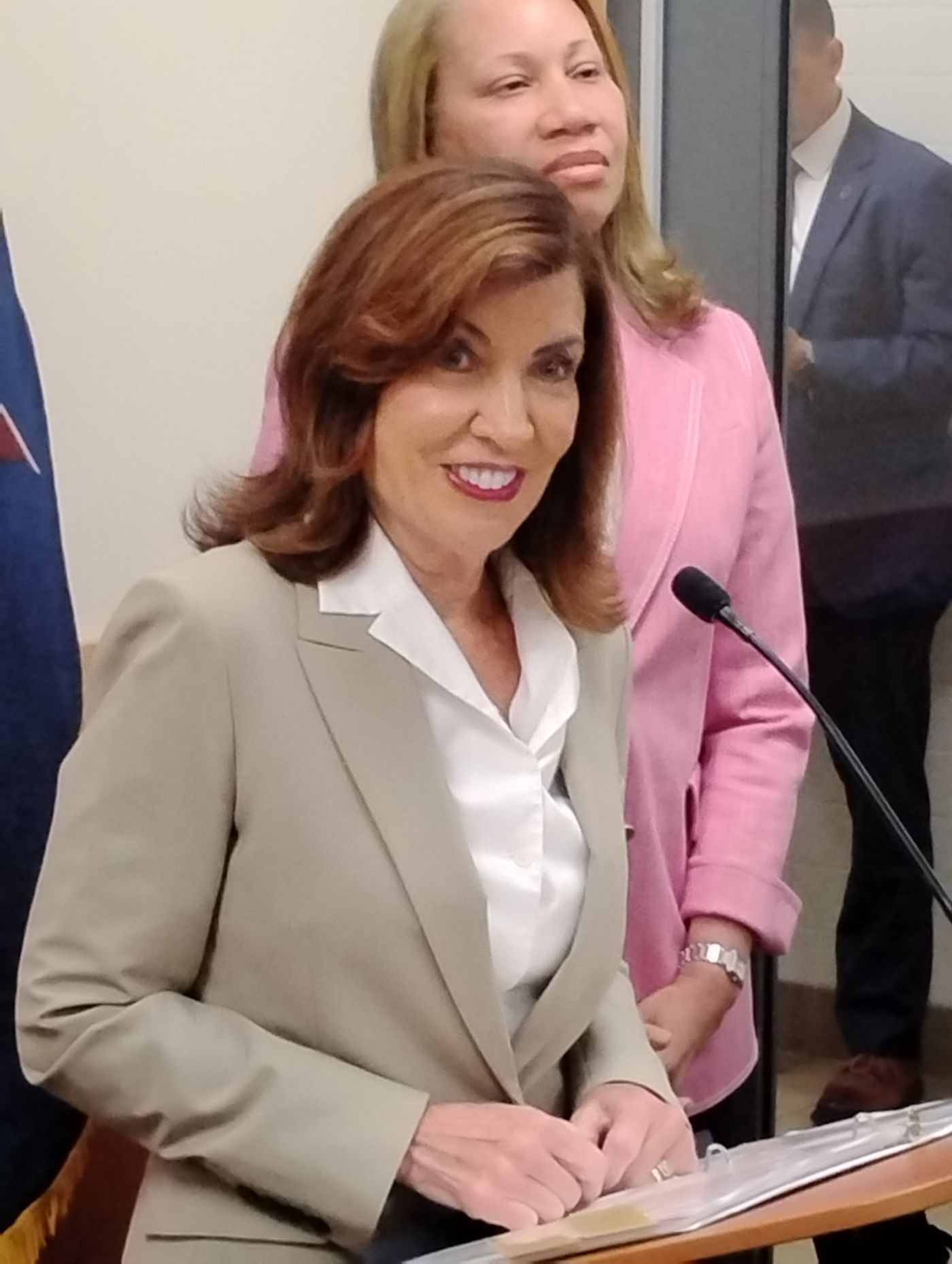During a visit to Mohawk Valley Community College in Rome, New York, on August 14, 2023, Governor Kathy Hochul addressed the recent approval of a significant utility rate increase for National Grid customers. This announcement coincided with her unveiling of a $32.36 million investment in Oneida County aimed at infrastructure improvement through New York’s FAST NY program.
The New York State Public Service Commission (PSC) has approved a joint proposal that sets out a three-year rate plan for both electric and gas services provided by National Grid. The new rates will lead to an average increase of approximately $22 on monthly bills, resulting in nearly a 10% increase starting in September 2023. By 2027, the average annual cost for gas and electricity is expected to rise by about $600, translating to an additional $50 per month for households in Upstate New York.
Rate Increase Details and Reactions
Initially, National Grid proposed a nearly $1 billion increase in rates through April 2027. Governor Hochul revealed that negotiations with the utility company had been ongoing since May. “They wanted a 10% increase, and we said we wanted a zero percent increase. We ended up with a 3.2% increase,” Hochul stated.
The PSC unanimously endorsed the rate hike, citing the need to maintain National Grid’s aging infrastructure, including its wire and gas main delivery systems. PSC Chair Rory M. Christian remarked, “The adopted joint proposal meets the legal requirement that the company continue to provide safe and adequate service at just and reasonable rates.” He emphasized that the three-year plan serves the public interest while placing customer affordability at the forefront.
Despite these assurances, Hochul expressed her disapproval of the rate increase. “We will be watching them like a hawk,” she remarked, indicating her intention to monitor National Grid closely.
Political Responses to the Increase
Criticism of the rate hike came from various political figures, including State Senator Joe Griffo, who expressed disappointment in the PSC’s decision. “This increase will further burden New Yorkers who are already struggling financially,” Griffo said following the vote. He questioned Hochul’s criticism of the PSC, noting her influence in appointing its members, including the chair.
Assemblywoman Marianne Buttenschon also voiced her constituents’ frustrations. “My office has heard from residents, business owners, and seniors who are already struggling to afford basic utility bills,” she said. Buttenschon criticized the PSC for failing to prioritize affordability as part of its mission to provide reliable energy access.
Under New York law, residents have the right to file complaints with the PSC regarding gas and electricity pricing and quality. Complaints can be initiated with a petition signed by at least 25 customers or by a mayor or village trustee.
Buttenschon urged New Yorkers to participate in the Draft State Energy Plan before the October 6 deadline, highlighting the importance of public input in shaping energy policy. Options exist for residents to mitigate the impact of the rate increase, particularly through the state’s Energy Affordability Program, which offers bill credits for eligible customers.
For those in need, National Grid provides various assistance programs, including deferred payment options aimed at supporting customers struggling to meet rising costs. Residents can explore community solar projects that may help reduce electricity bills, even if they cannot install solar panels themselves.
As New Yorkers grapple with increasing utility expenses, Griffo emphasized the need for more substantial relief and actionable policies: “New Yorkers need significant relief, real action, and policies that make life more affordable.” He criticized the administration for shifting blame rather than addressing the rising energy costs that have made the state increasingly unaffordable.
